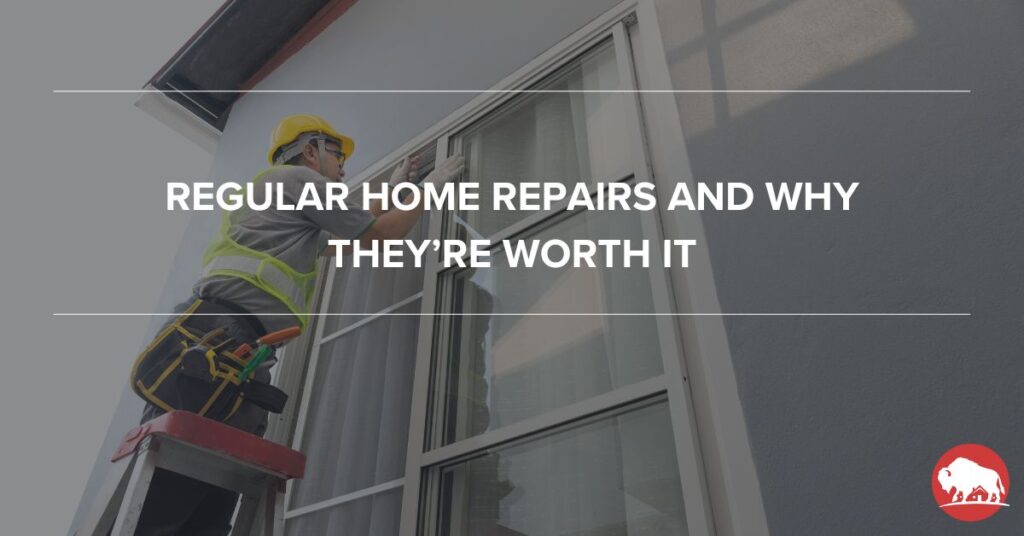When winter is here, there’s nothing worse than having your furnace break down right when you need it the most. In fact, according to the U.S. Energy Information Administration, about 48% of energy consumption in American homes is dedicated to heating and cooling. This means that a malfunctioning furnace isn’t just inconvenient—it’s a major disruption to your daily comfort and safety. But don’t worry, you don’t have to endure the cold or wait endlessly for professional help. This guide will walk you through the essential steps to troubleshoot and fix common furnace issues yourself, and also provide tips on how to stay warm while waiting for repairs.
Troubleshooting a Broken Furnace
Common Indicators of a Furnace Issue
Uneven Heating
If your furnace is running but some rooms feel like a sauna while others are an igloo, you might have uneven heating. Here’s what you can do:
- Check for any furniture or objects blocking the airflow from vents.
- Ensure your thermostat is set to “heat.” Try increasing the temperature by five degrees and give it a few minutes.
- Replace the air filter if it’s dirty or outdated. This is a common cause of poor heating.
No Heat
When the heat doesn’t come on at all, it’s frustrating and chilly! Here’s how to troubleshoot (keep in mind the difference between an electric vs gas furnace):
- Verify that the circuit breaker is on and no fuses are blown.
- Ensure the furnace’s power switch is on.
- For gas furnaces, check if the pilot light is out and relight it if needed.
- If the thermostat is not responding, it might be faulty. This is a good time to call a professional.
Furnace Turning Off and On
If your furnace is cycling on and off frequently, it might be a thermostat issue:
- Adjust the cycle length settings on your modern thermostat to a longer duration. This can help stabilize the furnace’s operation and maintain a more consistent temperature in your home.
Funny Noises
Strange noises coming from your furnace can be alarming. Here’s what they might mean:
- Rattling: Tighten any loose cover panels.
- Squealing: The belt connecting the motor to the fan might be slipping. Tighten the motor mount or replace the belt as needed.
Immediate Ways to Fix Your Furnace
Ensure the Furnace is Turned On
This might seem obvious, but check that the furnace switch, which might look like a regular light switch on the side of the furnace, is turned on.
Check Thermostat Settings
Make sure your thermostat is set to “heat mode.” Sometimes, it’s accidentally left in “cooling mode,” which prevents the furnace from kicking in.
Reset the Furnace
Try resetting your furnace. This can be done by turning it off and then back on after a few minutes.
Check Electrical Panel
Inspect your home’s electrical panel to see if any breakers have tripped or if there are blown fuses. Reset or replace them as necessary.
Verify Pilot Light and Gas Valve
For gas furnaces, make sure the pilot light is lit and the gas valve is open. Relight the pilot light if needed and give it some time to heat up the house.
When to Call a Professional
If you’ve tried all the above steps and still can’t get your furnace to work, it’s time to call in the pros. Professional HVAC technicians have the tools and expertise to diagnose and fix more complex issues. Plus, they can ensure everything is working safely and efficiently.
Furnace Lifespan and Maintenance
Average Lifespan
Furnaces typically last between 10 and 15 years, depending on usage and maintenance. High-quality models might last up to 30 years.
Importance of Regular Maintenance
Regular maintenance, like seasonal inspections and cleanings, can extend the life of your furnace and prevent unexpected breakdowns.
When to Consider Replacement
If your furnace is over 15 years old, it’s wise to have it inspected. You might need repairs, or it could be time for a replacement to avoid future issues.
Staying Warm While Waiting for Repairs
Use a Space Heater
Plug in a space heater in a central room to stay warm. Gather everyone in the house in that room to conserve heat. Remember to use space heaters safely—don’t leave them unattended and keep them away from flammable materials.
Utilize Your Fireplace
If you have a gas or wood-burning fireplace, light it up to warm part of your home. Always follow safety precautions and never leave the fire unattended.
Insulate Against Outside Air
Close all windows and doors, shut blinds, curtains, and drapes, and hang towels over any window without a treatment to keep cold air out.
Stay Inside
Minimize the times you open doors to go outside. Every time you open a door, heat escapes and cold air rushes in.
Dress Warm
Layer up with gloves, hats, scarves, sweaters, coats, and even snow pants if needed. Pile on blankets to stay cozy.
Keep Moving
Staying active can help generate body heat. Have a dance party, do some exercises, or practice yoga to keep warm and lift spirits.
Get Cooking
Bake or cook something to warm up the kitchen. Try making soup, cookies, or a casserole. Just don’t use the stove or oven solely for heating, as that’s a fire hazard.
Have a Slumber Party
If it’s especially cold at night, gather everyone in one room, pile on blankets, and make it a slumber party. Use a space heater in the room if you have one, but follow all safety guidelines.
Preventing Frozen Pipes
Keep Faucets Running Slightly
Let faucets drip slightly to keep water moving and prevent pipes from freezing.
Insulate Pipes
Wrap pipes with insulation or towels to help keep them from freezing.
Open Cabinets and Closets
Open cabinet doors and closet doors to allow warm air to circulate around pipes.
Conclusion
Dealing with a broken furnace in the middle of winter can be stressful, but by following the steps outlined in this guide, you can troubleshoot common issues and keep your home warm until professional help arrives. From checking your thermostat settings and pilot light to ensuring your furnace is turned on and resetting it, there are several DIY fixes you can try. Remember to use space heaters and fireplaces safely, insulate your home against the cold, and stay active to maintain warmth. Regular maintenance is key to extending the lifespan of your furnace, but if it’s beyond repair, don’t hesitate to call a professional. By being proactive and prepared, you can minimize the discomfort and keep your home cozy all winter long. For immediate help, Contact Bison Home Service today!






